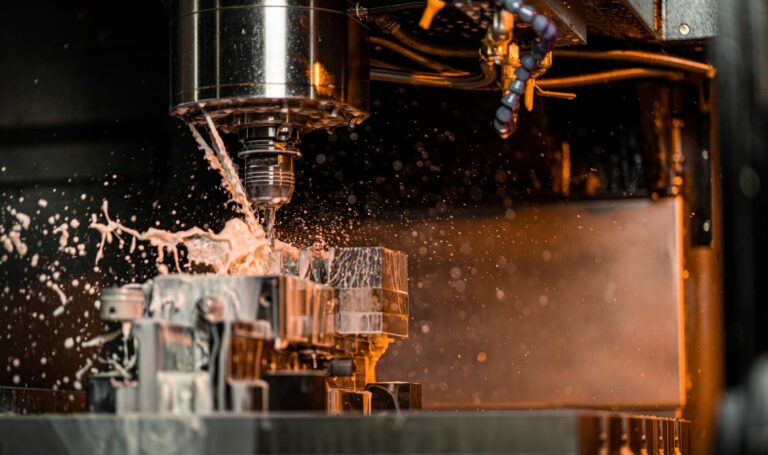The use of Computer Numeric Control (CNC) is now considered the norm rather than the exception in the modern manufacturing field. When compared to manual processes, CNC processes are faster, safer, and have better repeatability than their manual counterparts. For high-volume manufacturing, they are also significantly more practical. In many industries, skills in CNC machining and programming are highly valued for a variety of reasons.
If this is a field that you’re interested in entering, you might wonder how difficult it can be to get started. There is no straightforward answer to that question, just as there is no straightforward answer to any topic worth discussing. The time and effort required to learn CNC services will be significant, regardless of the level of expertise you wish to achieve in the field. There is no doubt that CNC machining is a valuable skill to have, but first and foremost, consider whether it is the right skill set for you.
CNC machining has largely supplanted manual machining methods in the majority of contemporary manufacturing processes. Cutting and machining tools can be programmed to execute commands automatically based on a prescribed algorithm using computer numerical control (CNC). A high level of precision is achieved by repeating operations, ensuring that each piece is finished in accordance with the highest quality and accuracy standards possible.
Because of the reduction in reliance on manual labor, machining service has become more suitable for processes that require continuous output. Despite the fact that they must operate 24 hours a day, seven days a week, CNC machines show no signs of fatigue and can maintain an acceptable level of quality and efficiency. They are also less susceptible to product inconsistencies that are caused by differences in operator skills. The use of CNC machines has resulted in a significant reduction in the exposure of workers to sharp moving parts, which has also resulted in a significant reduction in work-related accidents and injuries.
For the vast majority of industrial machines, a CNC system is simply an upgrade to mechanical parts that were already in place. CNC technology is incredibly versatile as a result of this. CNC technology can be integrated into virtually any piece of shop floor equipment, from traditional machines such as mills and lathers to more cutting-edge devices such as plasma cutters and laser cutters.
Everything we’ve said so far about the advantages of CNC machines has only served to underline our main point: learning how to operate or program CNC machines is an extremely valuable skill that can be applied across a wide range of industries and manufacturing settings. No matter how advanced your CNC machining abilities become, there is no doubt that you will be able to use this versatile skill set to advance your professional career.
It is necessary to take a detour and examine the programming code that controls CNC machines before proceeding to the specifics of the essential skills in CNC machining. It is known as G-code, and it is a programming language that consists of a few simple commands that are used to direct the movement and operations of the various components of an assembly of CNC machines. G-code is a very simple programming language when compared to other programming languages. A G-code algorithm consists solely of commands that the machine must execute in the proper order – it contains no variables, no logic relationships, and, in some cases, even no feedback loops.
Most manufacturing floors and shops, on the other hand, do not have an army of programmers who are in charge of running CNC machines. Due to the fact that a G-code algorithm does not have to be created from scratch, this is possible. Rather, most CNC products machining processes begin with a 3D model created using a Computer-Aided Design (CAD) software platform as their starting point. Design for manufacturing (CAD) is the proverbial “industry standard,” with applications ranging from engineering to architecture to product design to building and construction.
Between a 3D CAD design and the G-code for a CNC machine, there is one critical step that must be completed. This step is carried out by the computer-aided manufacturing (CAM) software that has been selected. The purpose of CAM software, which serves as a link between CAD and CNC machines, is to convert a 3D design into the G-code algorithm that can be used by the CNC machine. CAM software is typically tailored to a specific CNC machine because it must take into account variables such as the type of tool to be used and the size of the build platform, among others. The G-code that is automatically generated is typically sufficient for reproducing any 3D model, though optimizations can be made to the algorithm to further improve its performance.
In light of what we now know about the operation of CNC machines, it appears that there are two disciplines that one must master in order to be truly knowledgeable about CNC machining: the mechanical operation of the CNC machine and the programming of CNC machines through the use of G-code. Despite the fact that they are related, we regard these two bodies of knowledge as distinct and distinct from one another.

0 Comments